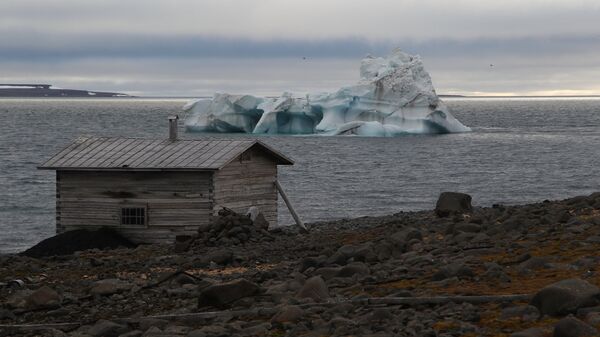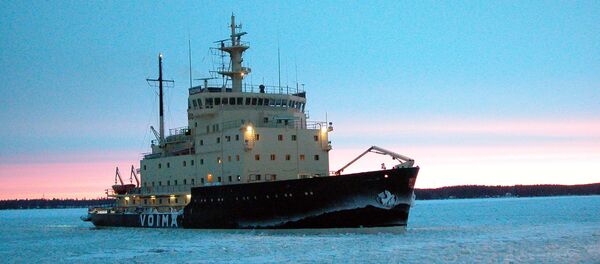"It will have serious consequences," Peter Sköld, the head of the Arctic Center at Umeå University, told Swedish national broadcaster SVT, venturing that the rise will happen sooner than man thought before.
One of the foremost consequences of the Arctic warming will be the melting of the polar ice and the rapid rise of global sea levels. The Arctic Ocean could become free of sea ice in the summer as early as 2030 or even before that. This is expected to put extra strain on polar bears, walruses and other animals that rely on ice for survival. Additionally, thawing permafrost that holds 50 percent of the world's carbon is already affecting northern infrastructure and could release significant amounts of methane into the atmosphere.
"We already notice diseases that we have not known before," Peter Sköld said, citing ticks that are being encountered increasingly farther north together with hare pest, vole fever and the like.
The warming will also affect fish stock, introducing unforeseen consequences in Arctic waters. According to Sköld, Arctic char population alone is expected to drop by 73 percent. Additionally, new species can migrate further north as the Arctic waters get progressively warmer. The arrival of a more aggressive species could spell doom for the Arctic fauna. Also, the climate will be difficult to predict. Late April temperatures in northern Europe may thus fluctuate between 30 degrees' heat and heavy snow.
"We will have severe temperature fluctuations. It can freeze and thaw every second. This would put reindeer on the verge of starvation," Peter Sköld said.
The report called "Snow, Water, Ice and Permafrost. Summary for Policy Makers" was produced by AMAP, a group working within the framework of the Arctic Council and featuring contributors from all the eight member states. Over 90 scientists collaborated on the report.
Never miss a story again — sign up to our Telegram channel and we'll keep you up to speed!





